Desert Lupine Plant Care – How To Grow Desert Lupine Plants
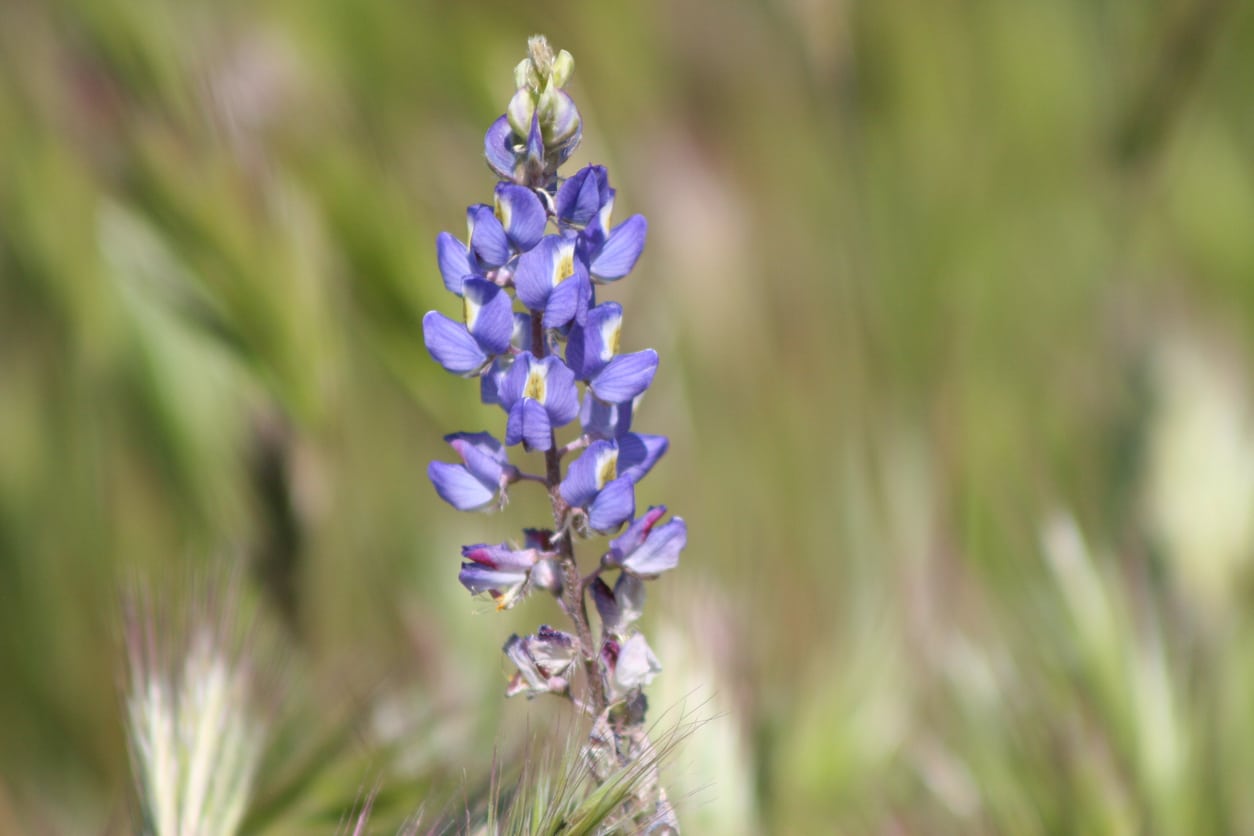

Also known as Coulter’s lupine, desert lupine (Lupinus sparsiflorus) is a wildflower that grows across the southwestern United States and parts of northern Mexico. This nectar-rich desert wildflower is highly attractive to a number of pollinators, including honeybees and bumblebees. Read on to learn more about desert lupine plants.
Desert Lupine Information
A member of the pea family, desert lupine is a distinctive plant with dark green, palmate leaves and spikes of blue or purple, pea-like flowers. Height at maturity is about 18 inches (45 cm.), but desert lupine may reach heights of up to 4 feet (1 m.). Desert lupine plants bloom prolifically in moist years, carpeting the desert with color. However, this hardy plant blooms even in dry years, and is commonly found growing along roadsides.
How to Grow Desert Lupine Plants
Well-drained soil is a necessity for growing desert lupines; don’t expect the plant to thrive in clay. Full sunlight is preferable, however, the plant will tolerate light shade, which can be beneficial during hot afternoons. Plant desert lupine seeds directly outdoors in fall or plant stratified seeds in early spring. Before planting, rub the seeds lightly with sandpaper to break through the hard outer coating. You can also soak the seeds in warm water overnight. Loosen the soil before planting to allow space for the long taproot, then cover the seeds with about ½ inch of soil (1 cm.). Water as needed to keep the soil lightly moist until the seeds have germinated. Plant desert lupine seeds where you expect them to live out their lives. Desert lupine plants don’t appreciate having their roots disturbed and don’t transplant well.
Desert Lupine Plant Care
Desert lupine seedlings tend to be slow growers. Water the plants lightly as needed and protect them from frost. Once desert lupine plants are mature, they tolerate drought well. However, they benefit from occasional irrigation during dry weather. Feed desert lupines lightly once per month during the growing season using a general-purpose fertilizer. Like other lupine plants, they fix nitrogen in the soil, making them good companions wherever nitrogen loving plants will be grown. Pinch wilted flowers to encourage prolific blooming throughout the season.
Gardening tips, videos, info and more delivered right to your inbox!
Sign up for the Gardening Know How newsletter today and receive a free copy of our e-book "How to Grow Delicious Tomatoes".

A Credentialed Garden Writer, Mary H. Dyer was with Gardening Know How in the very beginning, publishing articles as early as 2007.
-
 Looking For Plants To Give You The Soft And Fuzzies? Try These 5 Fuzzy Leaf Plant Options
Looking For Plants To Give You The Soft And Fuzzies? Try These 5 Fuzzy Leaf Plant OptionsLovers of texture, drama, silver foliage and tactile plants will adore these special sensory garden additions. These fuzzy leaf plant options will leave you all aglow
By Susan Albert
-
 Get Ready For A Summer Of Hummers! Grow These Full Sun Hummingbird Plants and Flowers
Get Ready For A Summer Of Hummers! Grow These Full Sun Hummingbird Plants and FlowersIf you’re lucky enough to enjoy a sunny backyard, make sure you are maxing out on your pollinator opportunities and grow these full sun hummingbird plants and flowers
By Tonya Barnett
-
 How To Safely Grow Lupines In The Garden Near Edible Plants
How To Safely Grow Lupines In The Garden Near Edible PlantsIs the tall and lovely lupine edible when planted near vegetables? Maybe not - learn what kind of lupine you’re planting to avoid the toxic varieties.
By Mary Ellen Ellis
-
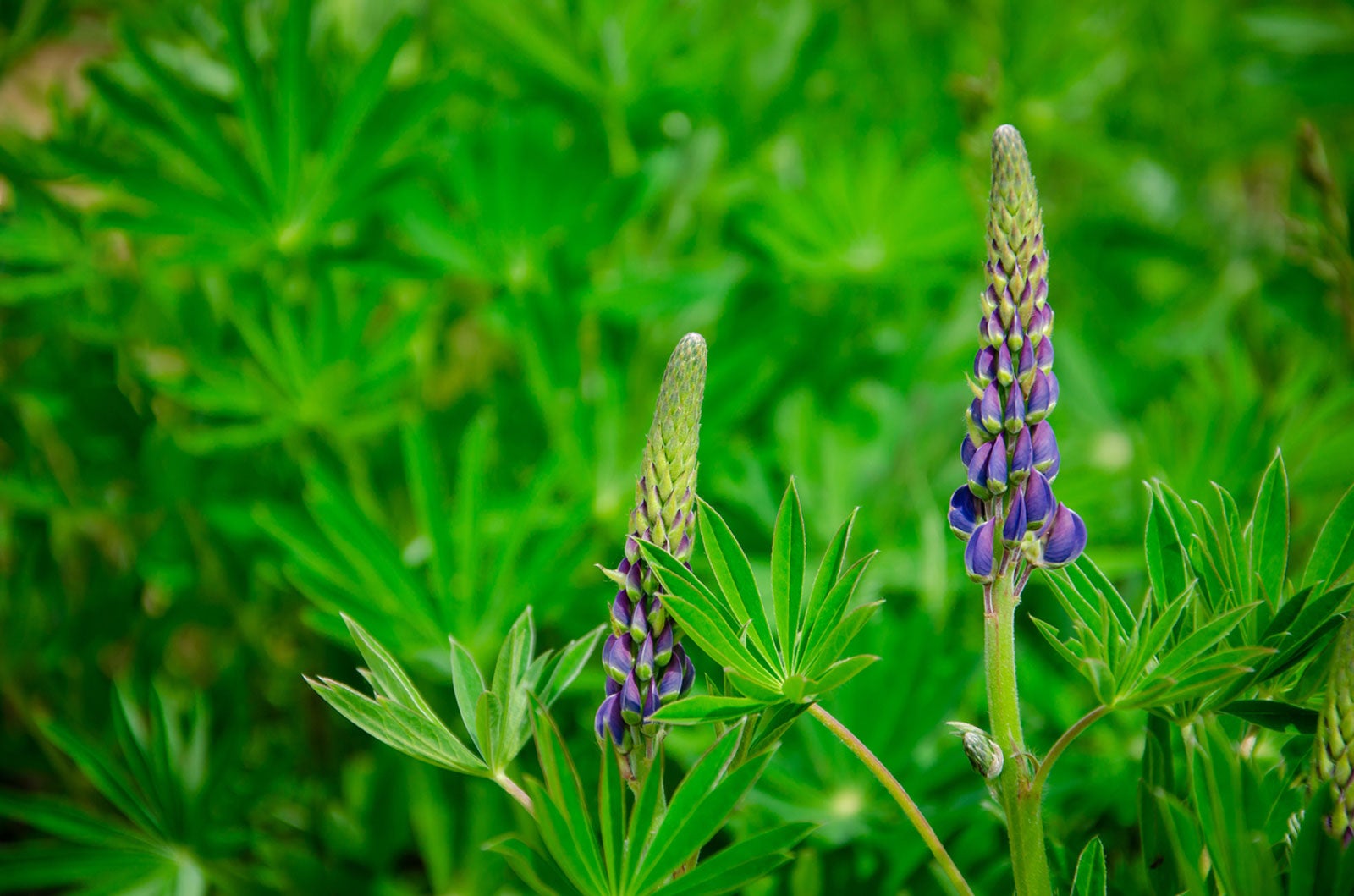 Arroyo Lupine Information: Learn How To Grow An Arroyo Lupine Plant
Arroyo Lupine Information: Learn How To Grow An Arroyo Lupine PlantArroyo lupine plants are the welcome signs of spring on the rocky slopes and grasslands of the Western United States. Pollinators are highly attracted to these plants and the seeds sustain small wildlife critters. For more arroyo lupine information, click here.
By Mary H. Dyer
-
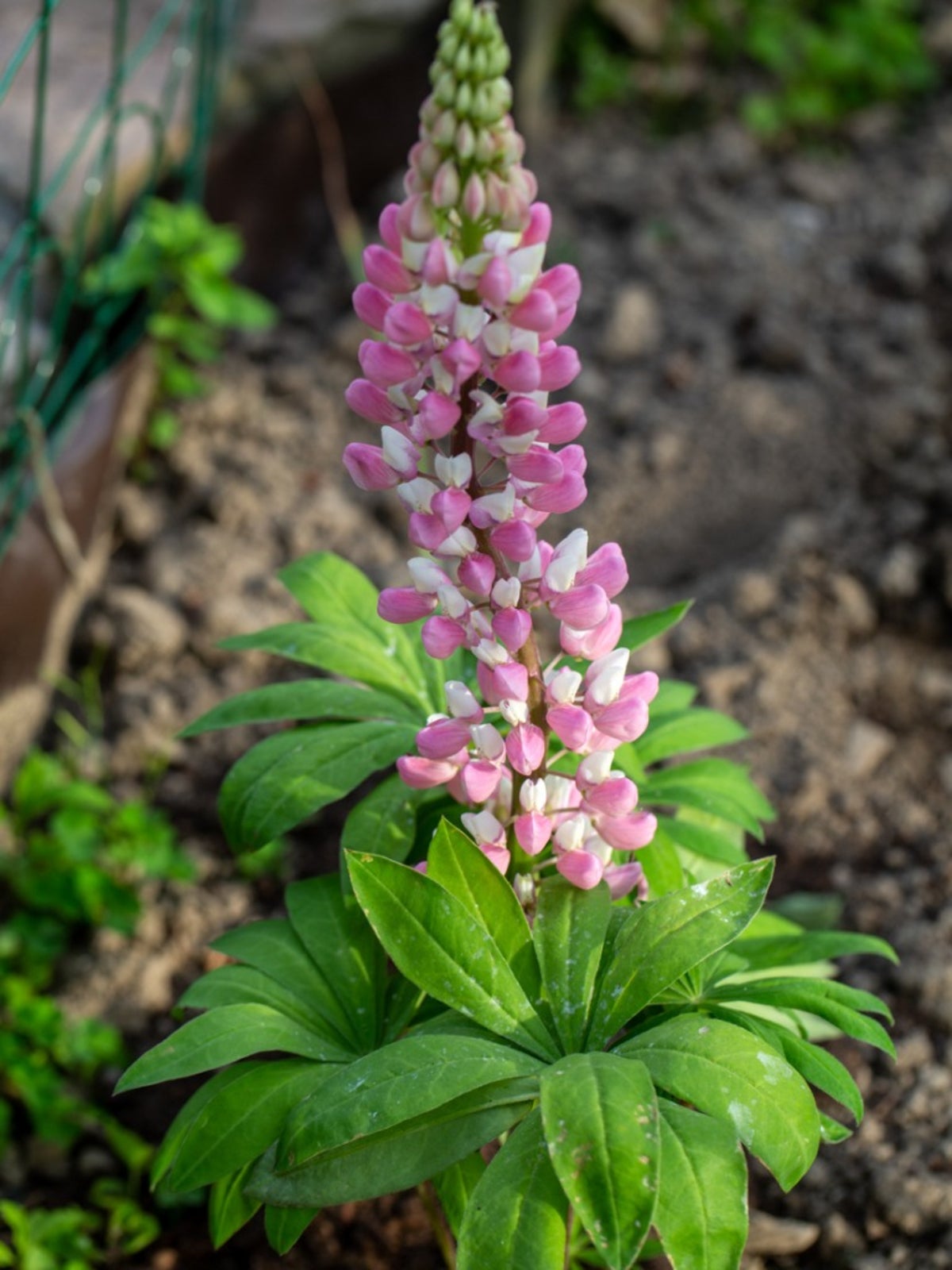 Bigleaf Lupine Care: What Is A Bigleaf Lupine Plant
Bigleaf Lupine Care: What Is A Bigleaf Lupine PlantBigleaf lupine is a big, tough, flowering plant that is sometimes grown as an ornamental but is also often battled as a weed. Click on the following article to learn more about growing bigleaf lupines and when bigleaf lupine control is the best option.
By Liz Baessler
-
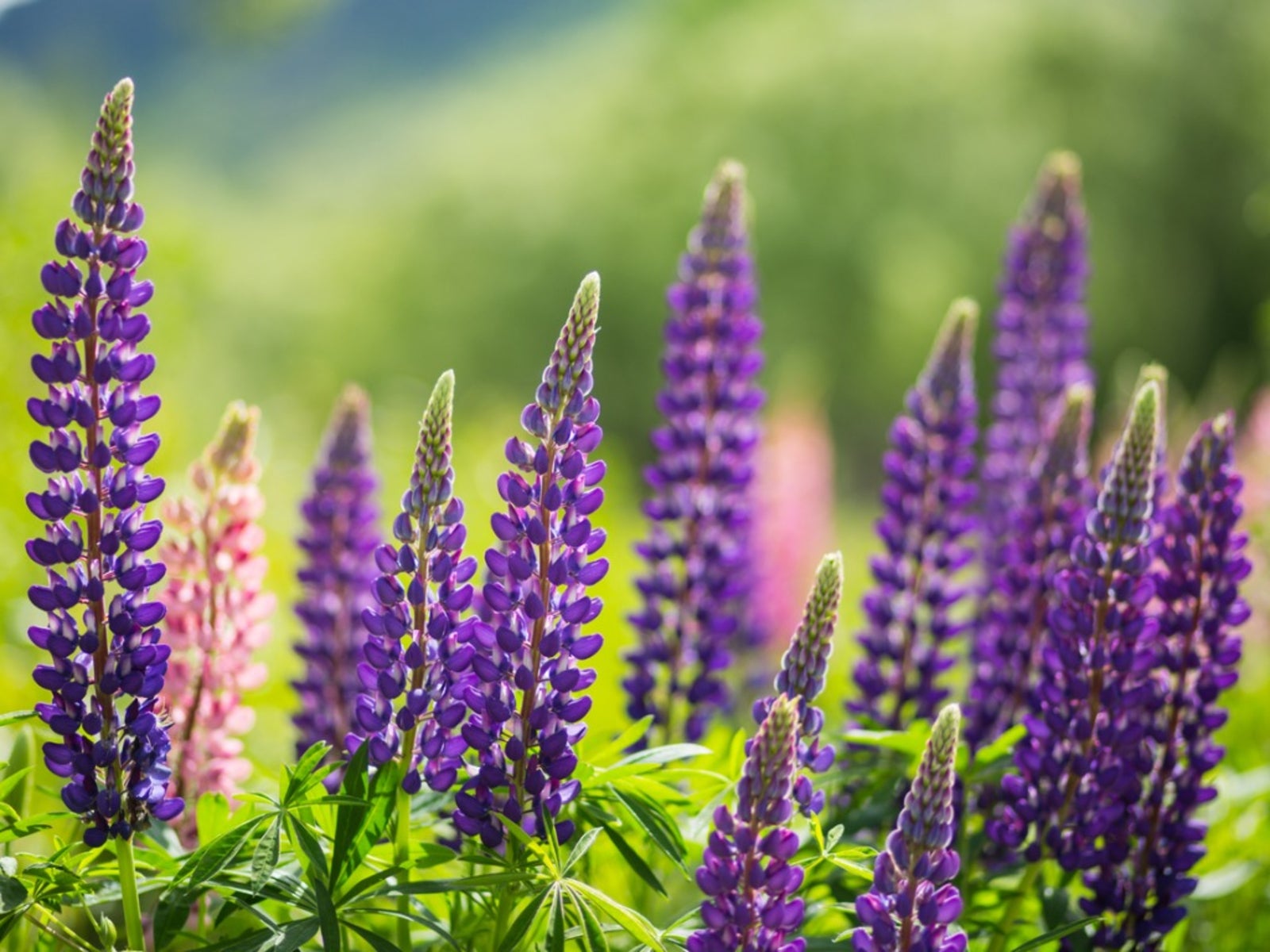 Lupine Plant Diseases – Controlling Diseases Of Lupines In The Garden
Lupine Plant Diseases – Controlling Diseases Of Lupines In The GardenLupines are attractive, easy to grow flowering plants that tolerate cool and moist conditions, and produce stunning spikes of flowers in a wide range of colors. The only real drawback is the plant's relative sensitivity to disease. Learn more here.
By Liz Baessler
-
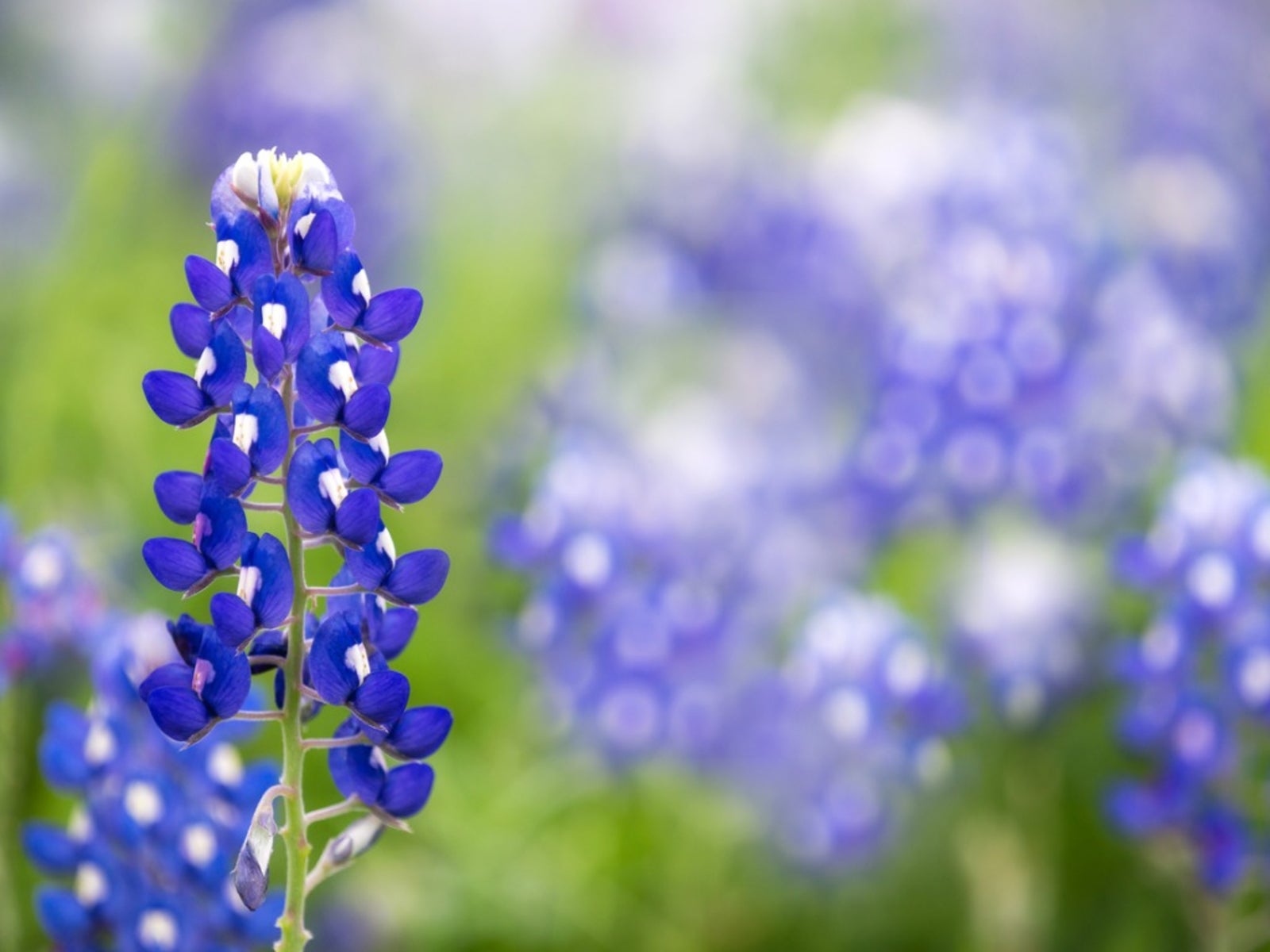 Growing Blue Bonnets - When To Plant Blue Bonnets In The Garden
Growing Blue Bonnets - When To Plant Blue Bonnets In The GardenGrowing blue bonnets adds an interesting shade of color to the spring landscape. Texas blue bonnets are easy to grow and you can find tips on how to grow these plants in this article.
By Becca Badgett
-
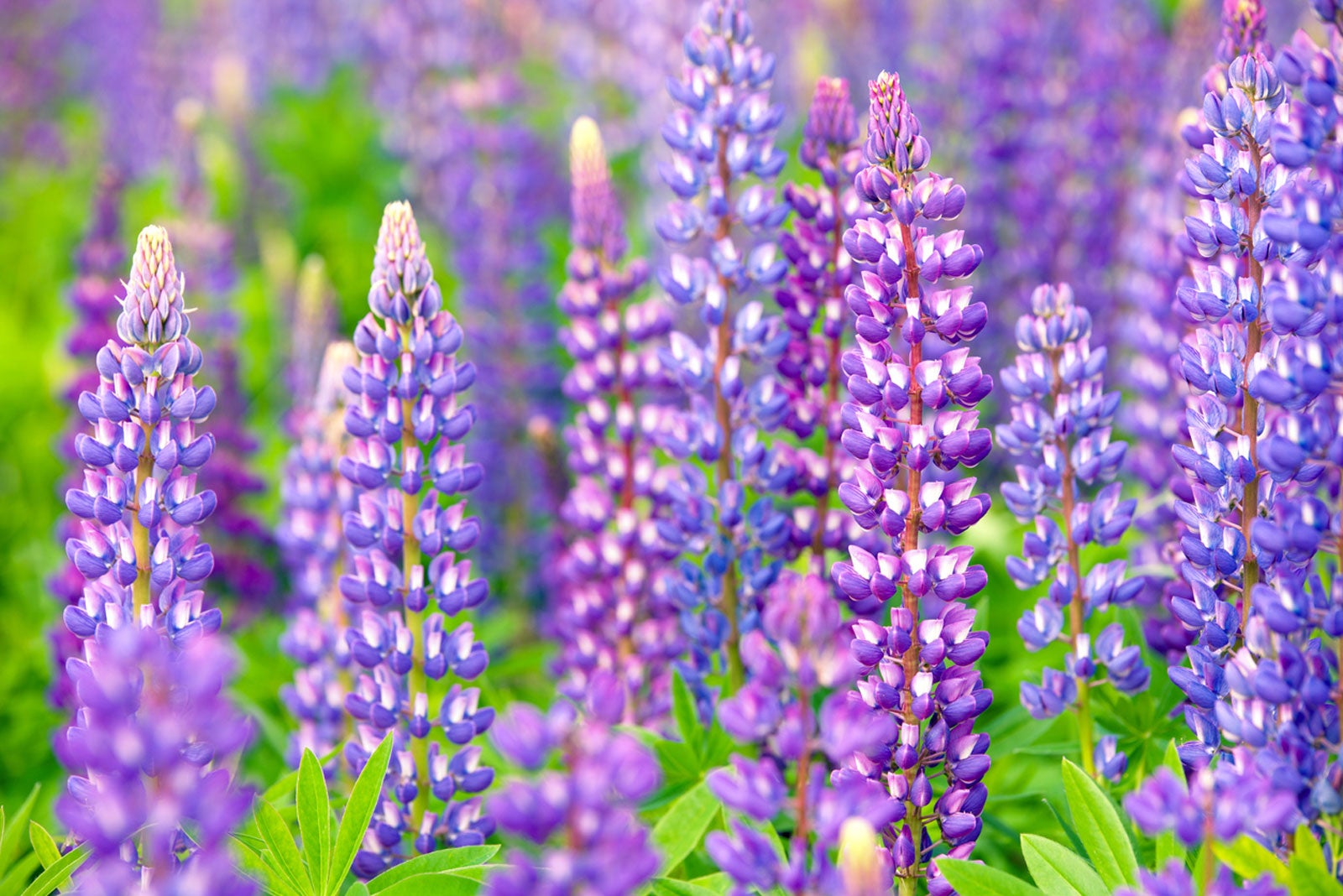 Planting Lupine Flowers - How To Grow Lupines
Planting Lupine Flowers - How To Grow LupinesLupines are attractive and spiky, reaching 1 to 4 feet (30 to 120 cm) in height, adding color and texture to the back of a flowerbed. Pollinators love them.
By Becca Badgett